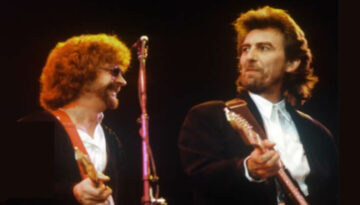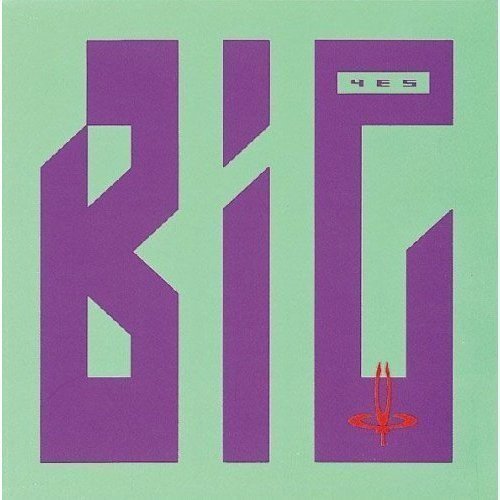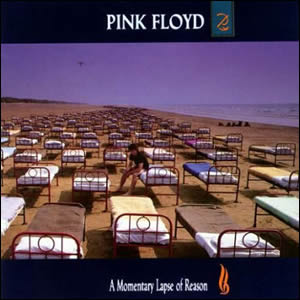Hysteria by Def Leppard
Buy Hysteria After the great success of their 1983 album Pyromania which sold 6 million copies, Def Leppard set out to achieve even loftier goals. They wanted to write an album made of “greatest hits” […]

Buy Hysteria After the great success of their 1983 album Pyromania which sold 6 million copies, Def Leppard set out to achieve even loftier goals. They wanted to write an album made of “greatest hits” […]

After a long hiatus from the regular recording process, former Beatle George Harrison teamed up with former Electric Light Orchestra front man Jeff Lynne to produce Cloud Nine. This was Harrison’s tenth solo […]

Buy Big Generator The 1980s version of the classic rock band Yes put out interesting, modern rock oriented albums which differed starkly from their prog rock efforts of the 1970s. Despite the shifts […]

Buy Appetite For Destruction Guns n’ Roses arrived like a tsunami on the rock scene with their strong 1987 debut, Appetite for Destruction, a hard rock album which blew the glam out of […]

Buy A Momentary Lapse of Reason The first Pink Floyd album not to feature founder and bassist Roger Waters, A Momentary Lapse of Reason represented a definite transition to a new phase in […]